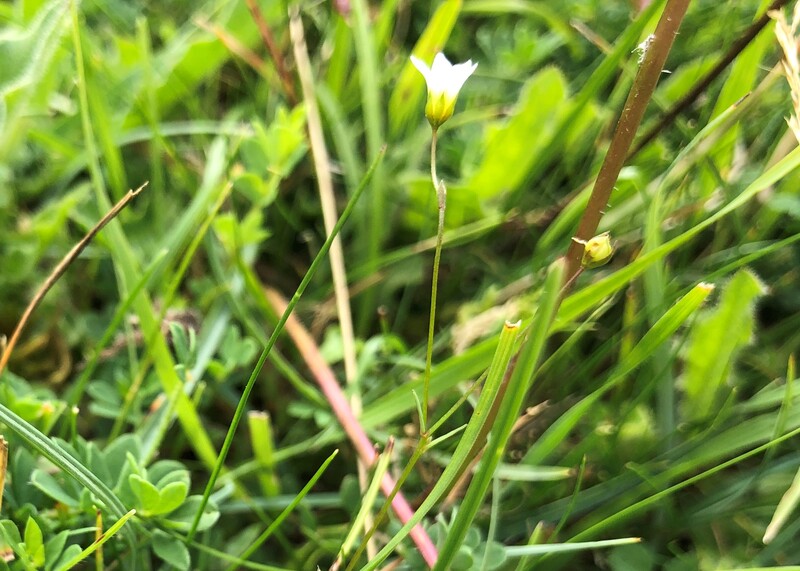|
Organiser: Andrew Graham Hambledon Hill is the spectacular 192 metre (630 feet) high Site of Special Scientific Interest (SSSI) owned and managed by the National Trust, southwest of Iwerne Minster. The chalk grassland here is really good for wildflowers and insects, especially butterflies. The view from the summit provides a real sense of this site’s prehistoric strategic importance and why it’s considered one of the finest Iron Age hillforts in Dorset. For more on Hambledon Hill itself, go to the National Trust's pages. This is Andrew's report on the day:  Challenging terrain Challenging terrain Twelve members spent a pleasant few hours scaling the heights of Hambledon Hill's iron age earthworks to look for butterflies and enjoy the flora. We saw a total of 17 butterfly species. A small, sheltered quarry on the side of the hill held plenty of butterflies which, because it was not very warm, were not flying much but basking on flowerheads so making them relatively easy to look at and photograph. Several Chalkhill Blues were a highlight as this species is, unfortunately, becoming less common and isn't seen in the Tisbury area.  Photo: Mark Joy, Butterfly Conservation Photo: Mark Joy, Butterfly Conservation A welcome surprise sighting was a Clouded Yellow, a migrant species one or two of which are seen on Hambledon each year, but it is a matter of luck whether you bump into them. We were however disappointed not to see the Adonis Blue, but the second brood of this species doesn't seem to have emerged yet. We also enjoyed looking at the very diverse chalkland flora. In places on the steep west-facing slopes, the herbs are so prolific that hardly any grass could be seen. The Carline Thistle, with its bronzy yellow blooms which look like dried flowers, was a particular hit. The full list of flora is here, with thanks to Debbie Carter and Jill Preston. We gradually climbed the slopes of the hill, entered the fort through the banks and ditches of the entrance at the south-western end, then climbed to the neolithic long barrow on the summit. From here we could see across Wiltshire, Dorset and Somerset, and could pick out various landmarks, towns and villages. The descent back to the base of the hill was perhaps the toughest part of the walk, the steep path being particularly challenging. Mercifully, although the breeze on the top was stiff, it stayed dry and the temperature made for a very pleasant walk.
Comments are closed.
|
Photo: Avocets (Izzy Fry)
The headers display photos taken by our members. Do get in touch via the Contact Form if you'd like to submit a photo for selection.
Archives
May 2024
Categories
All
|




 RSS Feed
RSS Feed